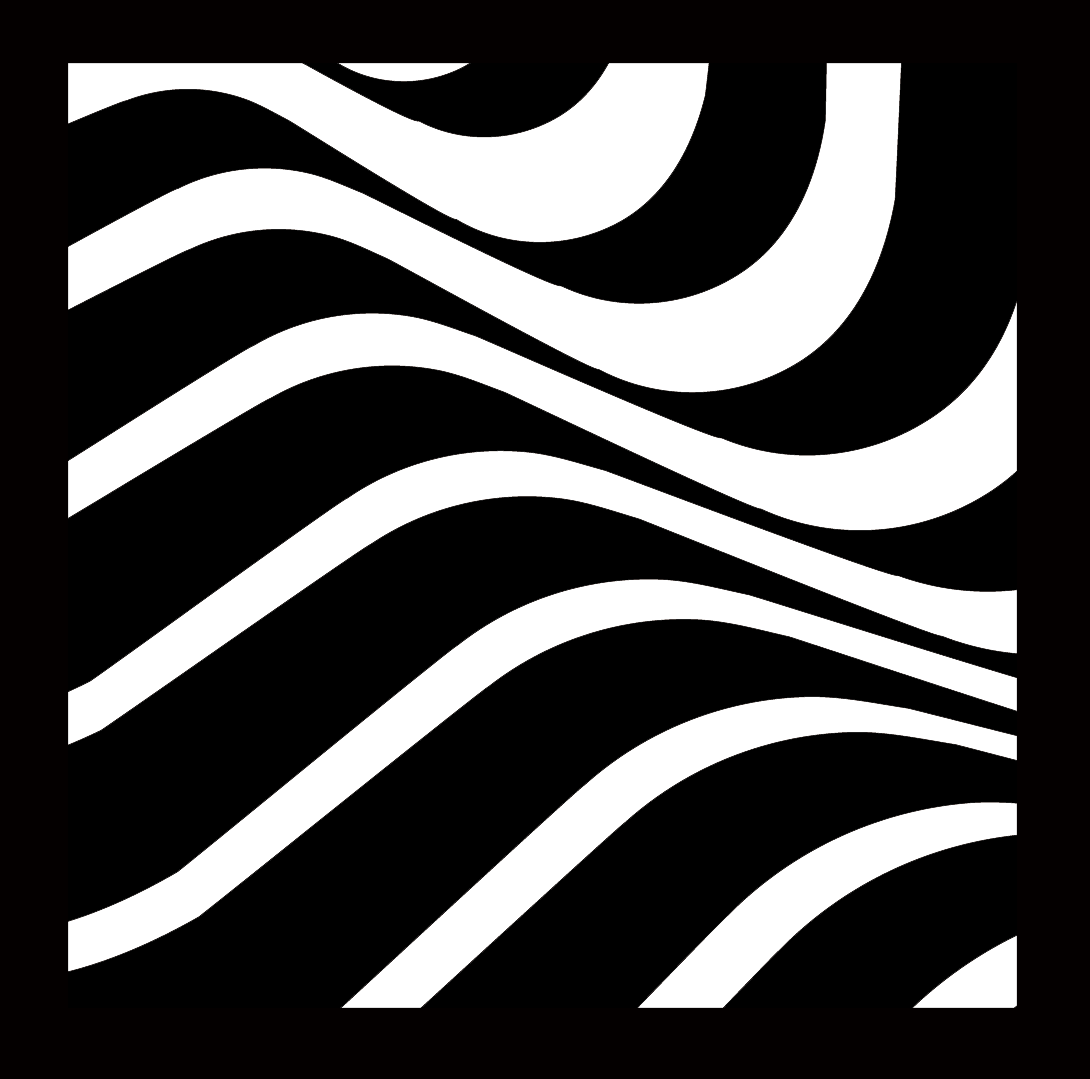Subtotal: $50 USD
Naming reverb algorithms
I’ve created a lot of reverb algorithms at this point in time. I’ve released several dozen in plugin form, and have written hundreds more. It turns out that it is a little tricky to come up with names for all these algorithms.
During the development stage, I tend to name the algorithms after the internal structure. Things like “BigFDN32,” or “AllpassLoop8.” However, these names don’t mean anything to people that don’t design reverbs. Plus, the same structure can sound markedly different, depending on the delay lengths, how the coefficients are set, the filtering used, and so on.
The easiest names are to adopt the names of physical structures, that people are familiar with. Hall, Room, Chamber, Plate, that sort of thing. However, when you are creating algorithmic reverbs, the name has very little to do with the corresponding physical structure. A real hall will have a few orders of magnitude more modal density than can reasonably be achieved with an algorithmic reverb. Even a small room would tax modern CPUs, if modeled accurately. A physical plate has all sorts of weird characteristics that aren’t usually captured in the digital models.
Several years ago, I asked Keith Barr about naming conventions for digital reverbs, and whether there was any “standard” for how reverb algorithms were named. The whole thread at the Spin Semiconductor forum is worth reading, so here’s a few choice quotes from Keith (R.I.P.):
To the best of my knowledge, with the exception of some possible inside jokes that I have not been privy to, reverbs are named according to their sound. -Since the digital methods that approximate the acoustics of physical structures are recent compared to the acoustical impressions spaces have given over the course of human history, and since most folks don’t think in terms of reverb algorithms, we don’t call a plate a “spacially uncorrelated, extreme reflection density reverberator with distinct ringing and a multiorder high frequency loss”… We call it a plate.
Personally, I think the tendancy to name algorithms after physical structures is unfortunate, because we have the ability to make much nicer acoustic environments with digital hardware than most real world structures allow, with the possible exception of a parking garage I ran into once…
Keith goes on to give a good overview of how he named reverb algorithms:
Plate: Immediate build of diffusion, uncorrelated outputs, strong high/mid response (which rings), rapid rolloff of high frequencies, poor bass response.
Room: Fast build, short (~10mS) and multiple initial reflections, ringy in the mid frequencies, high frequencies depend on wall treatment, bass variable.
Hall: Long delays in the initial sound (30~120mS), slow build, poor high end response, moderate diffusion build, moderate bass respopnse.
Digital: (this should be a popular option) Beautifully dense, no ringing, extended response with sparkling highs, deep bass response (when wanted), cascading showers of even tonality.
The first algorithms I developed for ValhallaRoom were named after rooms and chambers. Later on, I got bored, and started developing algorithms that didn’t particularly sound like physical spaces. These new algorithms had lusher modulation, and a much slower attack. At the time I was developing these, the movie Prometheus was in production, which prompted me to revisit the Alien movies. I named several of the algorithms after spaceships and places in the first 2 alien movies (Narcissus, Nostromo, Sulaco, LV-426). I am adding a new algorithm to the upcoming ValhallaRoom update, but actually seeing Prometheus put an end to that naming scheme; Red Letter Media summarizes my thoughts on this subject. The new algorithm is called Dense Room, which is boring, but is an accurate description of the sound.
For my upcoming Z-DSP reverb cartridge, Halls of Valhalla (not to be confused with this very blog, even though the name is eminently confusable), I included some of the standard reverb names: Room, Chamber, Plate, Cathedral. I had a few algorithms left over, that sounded bigger than the Cathedral. Where do you go from there? Stadium? Cistern? Taj Mahal? OK, now that I type those names, I realize they might have worked well, but it is TOO LATE NOW. Instead, I went with some names from Norse mythology, in keeping with the whole Valhalla theme.
Niflheim, Asgard, and Ginnungagap are cool words for reverb algorithms, and help convey a sense of huge space, without being tied into any particular construct in the real world. However, a quick viewing of my demo video for Halls of Valhalla will me it instantly clear that I have no idea whatsoever how to pronounce these words.*
One of the great features of digital reverberators is that they can create sonic characteristics that are highly exaggerated versions of what could occur in the real world, or depart wildly from what the real world can achieve. A large cathedral can have an attack time of up to 1/2 second, but ValhallaShimmer and other digital reverbs can easily fade in over several seconds. Alesis used the term “Bloom” for such slow attack reverbs, as I discussed in an older blog post. The recent Big Sky pedal from Strymon uses Bloom as an algorithm name for a similar effect. For that matter, the term “Shimmer” has been commonly used for reverb algorithms in the last few years that contain pitch shifted feedback, versus some of the older terms like “Octaverb.” It will be interesting to see what terms are developed over time to describe other digital effects that have no “real world” counterparts.
* For that matter, I’m pretty sure that ÜberMod isn’t pronounced OOOO-berMod. But THAT’S HOW I ROLL.
 Valhalla Delay
Valhalla Delay 




I say “OOOOOO-ber-mod”
Great blog, great reverbs Sean!
If you want your pronunciation more close to the Scandinavian origin, Asgard should be more like Aasgard – with a long A you would typically hear from a choir. The word is not referring to a booty farm but the place where gods (Asar) live.
The best software names to me seem to invoke nostalgia and comfort…. such as Homestar Blade Runner.
ÜberMod is, well, pronounced like ÜÜÜÜÜÜÜÜÜÜÜÜberMod, possibly like a toytrain 😀
Anyway, Obermod is pretty close definitionwise. Ober stands for Over like in Overlord, then over can be über (above) aswell 😀
Hi Sean,
I’m wondered by all the great job you’re doing: from website GUI to you plugins.
I have a question:
what is the best choice if i’m chasing an algorithm that sound very similar to eventide H8000 “blackhole”? not the pedal effect, not the plugin version, the real one one on h8000. I heard shimmer and room but i cannot decide..
Thx
Shimmer. Start with the existing BlackHole preset, set the Color Mode to dark, and turn down the Diffusion from 0.91 to a slightly lower value. You may want to tweak the modulation rate and depth to match the H8000. I don’t have an H8000, but I did compare the Black Hole preset to the Blackhole algorithm on the Eventide DSP7000, and the above tweaks resulted in results that were close to identical.
Oh maybe the ones on Zdsp..
Tried looking thru your blogs for this & couldn’t find. I am relatively stupid and new to reverb technology, names, terms and such. I am a saxophonist using Presonus Audio One Producer playing to backing tracks and am unhappy with the stock reverb. I want to get the incredible deep smooth full “ambient” reverb that defines all the modern popular smooth jazz & jazz/rock recordings from the 90’s up until present day. As such, I want to make sure I get the right product (vintageverb vs vahallaroom). Do you have any professional advice/suggestions for this genre of music?
Sean
The VintageVerb 1.5.0 is awesome! Well impressed. I’ve spent the evening going through all the presets with guitars, keys and drums and they all sound great. I love delayed reverbs and there are some stunners here!! Excellent stuff!